

North India is a loosely defined region consisting of the northern part of India. The dominant geographical features of North India are the Indus-Gangetic Plain and the Himalayas, which demarcate the region from the Tibetan Plateau and Central Asia.
The term North India has varying definitions—the Ministry of Home Affairs in its Northern Zonal Council Administrative division included the states of Haryana, Himachal Pradesh, Jammu and Kashmir, Punjab and Rajasthan and Union Territories of Delhi, Chandigarh. while the Ministry of Culture in its North Culture Zone includes the state of Uttarakhand but excludes Delhi whereas the Geological Survey of India includes Uttar Pradesh and Delhi but excludes Rajasthan and Chandigarh. Other states sometimes included are Bihar, Gujarat, Madhya Pradesh and West Bengal.
North India has been the historical centre of the Mughal, Delhi Sultanate and British Indian Empire. It has a diverse culture, and includes the Hindu pilgrimage centres of Char Dham, Haridwar, Varanasi, Ayodhya, Mathura, Allahabad, Vaishno Devi and Pushkar, the Buddhist pilgrimage centres of Sarnath and Kushinagar, the Sikh Golden Temple as well as world heritage sites such as the Nanda Devi Biosphere Reserve, Khajuraho temples, Hill Forts of Rajasthan, Jantar Mantar (Jaipur), Bhimbetka Caves, Sanchi monuments, Qutb Minar, Red Fort, Agra Fort, Fatehpur Sikri and the Taj Mahal.
Climate of North India
There are wide variations in climate over the region both within the hills and plains as between them. The standard seasons of winter, spring, summer, monsoon and autumn are experienced by all regions except Ladakh and the Lahaul/Spiti region of Himachal Pradesh which lie beyond the Great Himalayan Axis and therefore do not receive the monsoon. Winter is long in Ladakh lasting from Nov to Mar. Elsewhere it is of shorter duration. Generally December and January are cold with maximum daily
temperatures on the plains reaching the 20 C and the minimum around 7 C though as you move S both increase. After dark, though, it can get quite cold. Freezing on the plains is uncommon, but winter showers occur sporadically and mist or morning fog is relatively common especially around Agra. In the hills there is snow down to around 2,000 m and temperatures are correspondingly low. In Nainital, Shimla and Srinagar the daily minimum is 2 C and the maximum 10 C in Nainital and 4 C in Srinagar in Jan. In Leh it can reach as low as -35 C though this is extreme. In summer it can reach over 30 C. Sunstroke and frostbite are unlikely bedfellows in Ladakh. Unsettled weather originating from the Tibetan plateau is not uncommon, resulting in cold wind and snow or rain. In the hills Feb and Mar are very pleasant months. The rhododendrons are in bloom and the meadows are carpeted with spring flowers. There is snow above 3,500 m and Ladakh is still snow bound. Daytime temperatures are pleasantly warm and reach around 19 C. At night, while it is cool, the temperatures do not drop below freezing. Srinagar has relatively heavy precipitation at this time. On the plains, its is gradually hotting up and around Bhopal can reach 34 C. Delhi is a few degrees cooler. At night, air conditioning is not really necessary. The hot weather lasts from April and until the middle of June temperatures rise inexorably. Delhi and Agra become very hot in May with daytime temperatures consistently over 40 C whilst at night they fall to around 27 C. It is hot but because of low humidity bearable. However, air-conditioning becomes a necessity. This is the time when the British migrated to the hills. Indians who can afford it do likewise. During the monsoon maximum daytime temperatures fall to around 35oC on the plains and 21 C in the hills. Humidity levels are high and the atmosphere is enervating. Clothes always seem damp and insects, particularly mosquitoes, are more active. When the monsoon finishes the weather pattern is invariably very stable. From Oct to Dec. the skies are clear, temperatures are pleasantly warm and the countryside looks delightful. As winter approaches, night time temperate will fall and the mornings can be quite cool. Throughout the region conditions are normally excellent for travel.
Some areas of the hills and the northern plains receive rain from depressions through the winter. However, mot of the region receives its precipitation largely in the Jun to Oct monsoon. The onset of the rainy season is traditionally celebrated in rural areas because of its importance to crop growth. All areas except Ladakh and Lahaul/Spiti receive 75% of their annual rainfall over this 5 month period. Flooding is still common over much of the Gangetic Plain and communications can be disrupted. This is a difficult and unpleasant time for traveling, even though some places such as Mandu in Madhya Pradesh look their best. Vegetation growth is rapid and the landscape looks green and lush. Kashmir is one of the few places that receive comparatively little rain over this period, and its relatively high altitude make it the perfect time to visit.
North India has some of the world’s most popular tourist destinations. This article will go though the best tourist places North India has to offer. Those who love India food will really enjoy this part of India. There are plenty of things to try. Read more articles on Indian food here. North India is also that part of India where you have the opportunity to make a trip to the Golden Triangle that includes Delhi, Agra and Jaipur. The 7 prominent states of India together make North India include Jammu and Kashmir, Himachal Pradesh, Punjab, Uttaranchal, Haryana, Delhi and Uttar Pradesh.
North India is one part which always has a lot of visitors all round the globe. You can always find that rush in the major cities Delhi, Jaipur, Lucknow etc. Who would not love to explore theses enchanting cities. These are some of the major tourist places to visit in India. With its magnificent glory of culture, tradition and its people. Don’t miss a chance to visit some of the best places in Delhi like Humayun’s Tomb, Akshardham, Lodi gardens, Gurudwara Bangla Sahib, Chandni Chowk , Rashtrapati Bhawan etc. From delicious cuisine to some amazing culture this place has been calling us to explore it more and more. Get soak on the beauty of this region with the valleys and the beaches and the amazing waterfalls. So just pack your bags and head out for a wonderful vacation to the North. Travelling across North India will offer you a soul-stirring experience. There won’t be a single moment you will feel out of place. All the holiday destinations in north India come with irresistible things to do and see. You can find the holiest river flowing through the dramatic mountain terrain into the oldest city in India, hike to the longest surviving Hindu temple in the Himalayan peaks, and marvel at some of the loveliest UNESCO attractions.
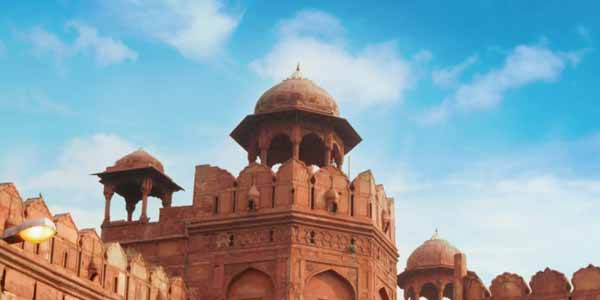
Delhi, India’s capital territory, is a massive metropolitan area in the country’s north. In Old Delhi, a neighborhood dating to the 1600s, stands the imposing Red Fort, India.
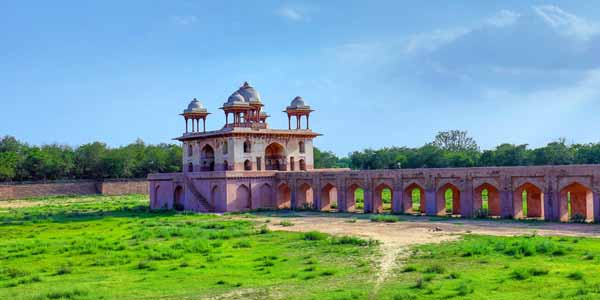
Haryana is a North Indian state surrounding New Delhi on 3 sides. The Yamuna River runs along its eastern border with Uttar Pradesh. Shared with Punjab, the state capital Chandigarh.
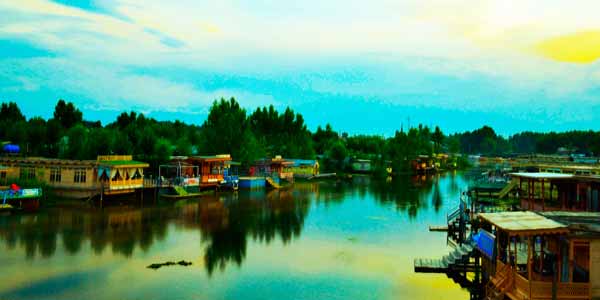
Jammu and Kashmir is a state in India, located in the northern part of the Indian subcontinent, and a part of the larger region of Kashmir, which has been the subject of dispute India.
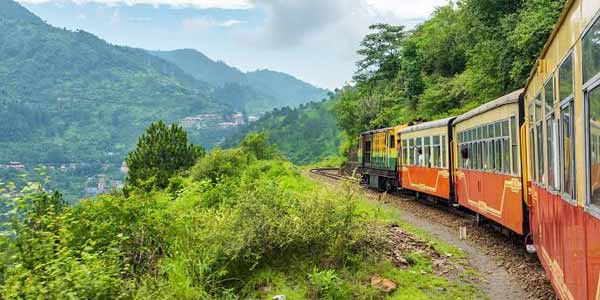
Himachal Pradesh is a northern Indian state in the Himalayas. It's home to scenic mountain towns and resorts such as Dalhousie. Host to the Dalai Lama, Himachal Pradesh a strong Tibetan.

Uttar Pradesh is a state in northern India. With roughly 200 million inhabitants, the most populous state in India as well as the most populous country subdivision in the world.
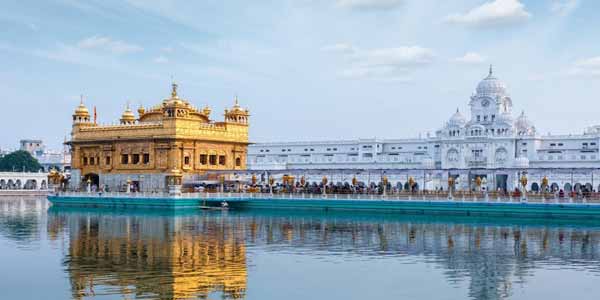
Punjab, a state bordering Pakistan, is the heart of India’s Sikh community. The city of Amritsar, founded in the 1570s by Sikh Guru Ram Das, is the site of Harmandir Sahib.
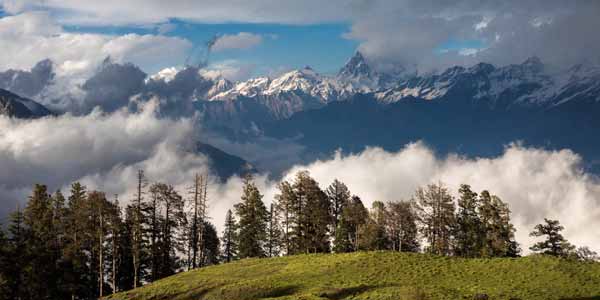
Uttarakhand, a state in northern India crossed by the Himalayas, is known for its Hindu pilgrimage sites. Rishikesh, a major centre for yoga study, was made famous by the Beatles’ 1968 visit.
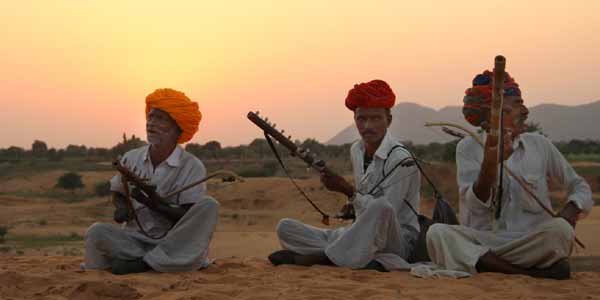
Rajasthan, popularly known to many as the Land of the Kings, is a beautiful example of India’s age-old opulence and grandeur, traces of which still linger in the air of this state.
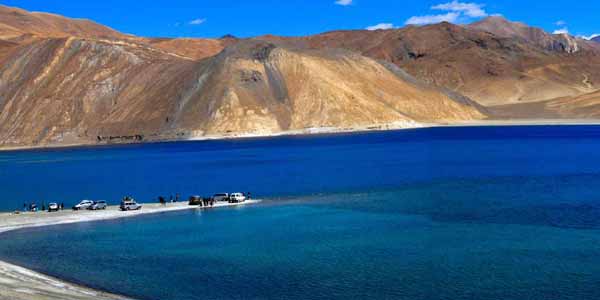
Ladakh, a word which means "land of high passes", is a region in the Northern India sandwiched between the Karakoram mountain range to the north and the Himalayas to the south.